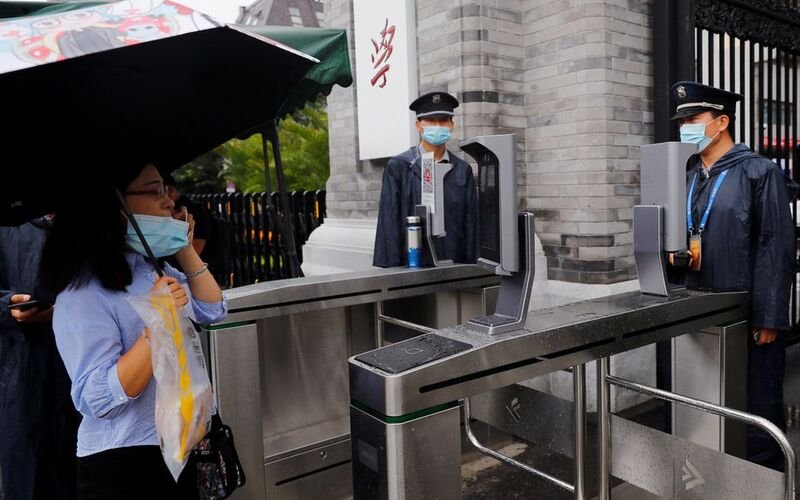In a pivotal development that has captured global attention, China has introduced new draft rules outlining the use of facial recognition technology within its borders. This move is part of the country’s ongoing efforts to regulate emerging technologies and balance innovation with privacy concerns. In this comprehensive exploration, we delve into the key provisions of the draft rules, the potential impacts on various sectors, and the broader implications for the global tech landscape.
Safeguarding Privacy: The Heart of the Draft Rules
At the core of China’s new draft rules is a concerted effort to protect individuals’ privacy rights in the age of rapid technological advancement. The provisions emphasize the importance of obtaining informed consent before deploying facial recognition technology, ensuring that individuals clearly understand how their data will be used. This aligns with the global trend of prioritizing data protection and privacy, reinforcing China’s commitment to responsible technological innovation.
Limiting Scope and Strengthening Oversight
The draft rules seek to establish clear boundaries for using facial recognition technology, prohibiting its deployment in certain scenarios, such as for commercial purposes that infringe upon individual rights. By delineating the permissible contexts for utilizing this technology, China aims to prevent potential misuse and minimize the risks associated with its application. Additionally, the rules propose enhanced oversight mechanisms to monitor and regulate the implementation of facial recognition systems, fostering transparency and accountability.
Implications for Industries and Innovation
Introducing these draft rules has significant implications for various sectors of China’s tech-driven economy. While the regulations aim to balance technological advancement and individual rights, they could impact industries heavily relying on facial recognition technology, such as e-commerce, finance, and transportation. As companies adapt to the evolving regulatory landscape, innovation may be channeled into developing alternative solutions that comply with the new rules while driving progress.
Charting the Future: Global Tech Landscape
China’s approach to regulating facial recognition technology is a notable case study in the global tech governance debate. As nations grapple with the challenges posed by emerging technologies, China’s draft rules provide insights into the delicate task of fostering innovation while safeguarding fundamental rights. This development prompts broader discussions on harmonizing international standards and norms as countries seek to balance technological advancements and ethical considerations.
In conclusion, China’s introduction of new draft rules for facial recognition technology signifies a critical step towards harmonizing technological advancement with individual privacy rights. As the global tech landscape evolves, these regulations provide valuable insights into the complex interplay between innovation, governance, and ethical considerations. The world watches closely as China navigates this intricate terrain, offering lessons and inspiration for other nations grappling with similar challenges in emerging technologies.


